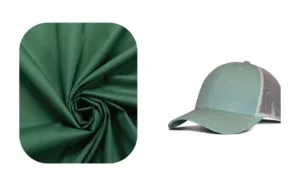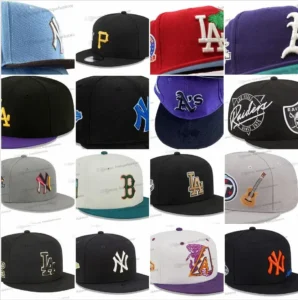Choosing the perfect cap material isn’t just about looks—it’s about comfort, durability, and performance tailored to your lifestyle. Whether you’re hitting the trail, the city streets, or just running errands, the fabric of your cap determines how it feels, lasts, and performs. This guide unpacks the top cap materials like cotton, polyester, wool, leather, and blends, revealing their strengths and ideal uses, helping you pick the perfect fit for any occasion.
Imagine grabbing your favorite cap on a sunny day—it keeps you cool and stylish, or on a chilly morning, snug and warm without compromising comfort. Behind that simple piece of headwear is a world of fabric science, craftsmanship, and lifestyle matching. Ready to dive into the best materials for caps and why they matter? Let’s go.
1. What Are the Most Common Materials Used in Cap Production?

The most common cap materials include cotton, polyester, wool, felt, leather, and acrylic, each with distinct advantages and ideal uses.
- Cotton: Soft and breathable, cotton caps offer comfort for everyday wear and warm climates. They’re easy to clean but may wrinkle or shrink.
- Polyester: Known for durability and moisture-wicking, polyester is perfect for sports and activewear caps, resisting wrinkles and shrinking.
- Wool: Warm and moisture-managing, wool caps excel in cooler weather but need more care.
- Felt: Dense and often water-resistant, felt is used in formal hats, offering structure and style.
- Leather: Stylish and long-lasting, leather caps demand regular maintenance to prevent cracking.
- Acrylic: Lightweight and soft, acrylic is a budget-friendly wool alternative but less breathable.
| Material | Comfort | Durability | Best Use | Maintenance |
|---|---|---|---|---|
| Cotton | High | Moderate | Casual, warm climates | Machine wash gentle |
| Polyester | Moderate | High | Sports, outdoor activities | Easy care, machine wash |
| Wool | Moderate | Moderate | Cold weather | Dry clean recommended |
| Felt | Low | High | Formal, structured hats | Gentle cleaning |
| Leather | Moderate | Very High | Fashion, rugged styles | Conditioning needed |
| Acrylic | Moderate | Moderate | Budget-friendly, winter | Hand wash preferred |
2. How Do Different Materials Affect Comfort and Breathability?
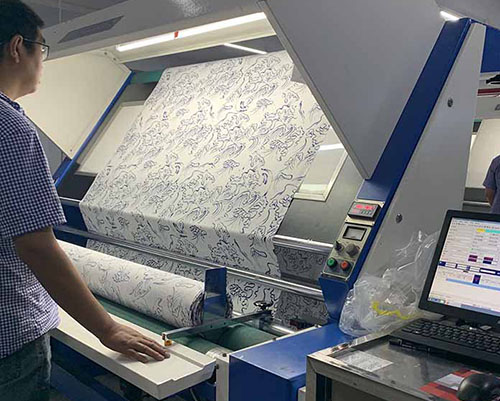
Cap materials influence air flow, moisture management, and overall comfort, impacting wearability in various climates.
- Cotton: Highly breathable, allows air to circulate keeping you cool; less effective at moisture-wicking.
- Polyester: Moderate breathability but often engineered for moisture-wicking to keep sweat away.
- Wool: Naturally regulates temperature, excellent at wicking moisture, suitable for both warmth and breathability.
- Felt: Offers warmth but limits air flow, best for cooler environments.
- Leather: Limited breathability, better suited for dry climates.
- Acrylic: Low breathability; can trap heat making it less ideal for prolonged warm-weather wear.
| Material | Breathability | Moisture Wicking | Comfort Level | Best For |
|---|---|---|---|---|
| Cotton | High | Low | High | Hot weather |
| Polyester | Medium | High | Moderate | Active wear |
| Wool | Medium | High | Moderate | Cold weather |
| Felt | Low | Low | Low | Formal wear |
| Leather | Low | Low | Moderate | Dry conditions |
| Acrylic | Low | Low | Moderate | Winter, budget |
3. Which Materials Are Best for Specific Activities?

Different activities call for specific cap materials that maximize performance and comfort.
- Sports: Polyester caps excel with moisture-wicking and durability.
- Casual/Everyday: Cotton offers comfort and breathability.
- Cold Weather: Wool and felt provide insulation and warmth.
- Fashion/Statement: Leather and felt add a stylish touch with durability.
- Outdoor Adventure: Polyester and cotton blends balance breathability and protection.
| Activity | Recommended Materials | Key Benefits |
|---|---|---|
| Sports | Polyester, Polyester Blends | Moisture-wicking, durable |
| Casual Wear | Cotton | Comfortable, breathable |
| Cold Weather | Wool, Felt | Warmth, insulation |
| Fashion | Leather, Felt | Style, durability |
| Outdoor Adventure | Polyester-Cotton Blends | Breathability, protection |
4. How Do Material Blends Enhance Cap Performance?
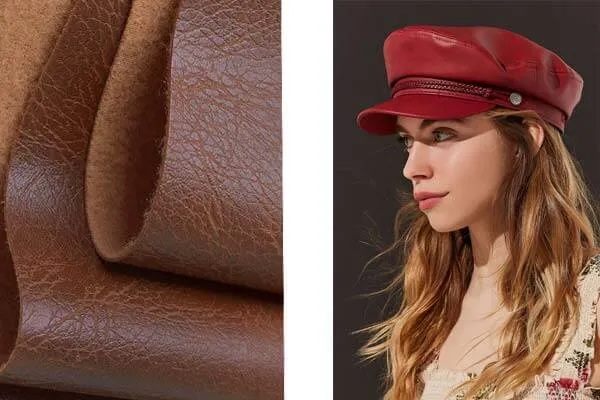
Combining fibers leverages strengths of multiple materials, optimizing comfort, durability, and style.
- Poly-Cotton Blends: Blend softness with durability and wrinkle resistance.
- Wool-Acrylic Blends: Affordable warmth with easier care.
- Cotton-Linen Blends: Lightweight, breathable fabrics perfect for summer.
- Polyester-Nylon Blends: Enhanced moisture control and strength for sportswear.
| Blend Type | Strengths | Ideal Use |
|---|---|---|
| Poly-Cotton | Softness + durability | Everyday wear |
| Wool-Acrylic | Warmth + easy care | Winter caps |
| Cotton-Linen | Breathability + lightweight | Summer hats |
| Polyester-Nylon | Durability + moisture-wicking | Active sportswear |
5. Are There Sustainable Material Options for Caps?
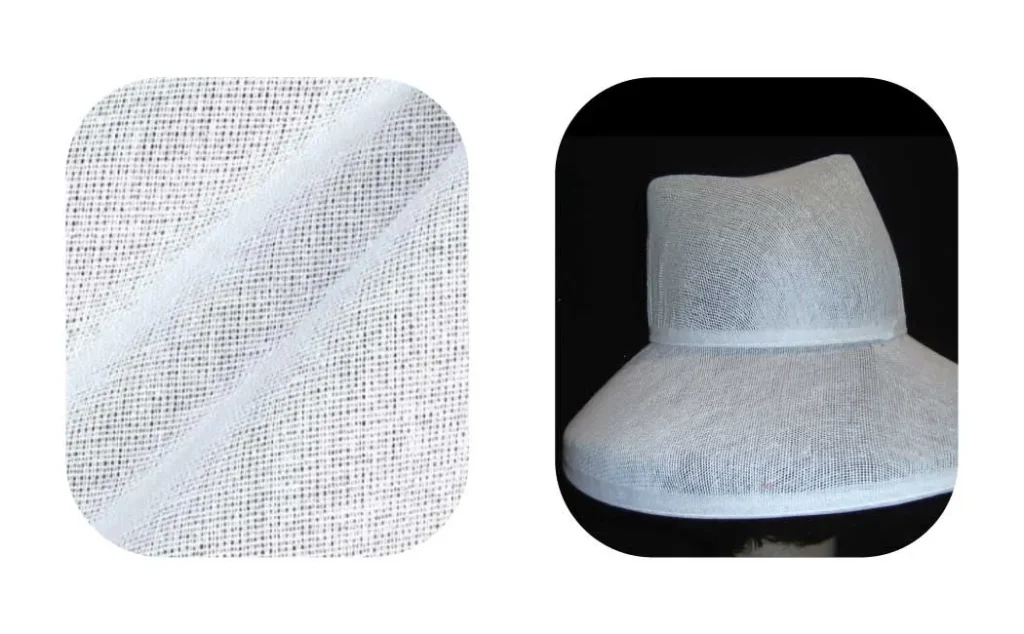
Eco-conscious consumers can choose from organic, recycled, and low-impact fabrics without sacrificing quality.
- Organic Cotton: Grown without harmful chemicals, organic cotton is a more environmentally friendly option compared to conventional cotton.
- Recycled Polyester: Made from recycled plastic bottles, recycled polyester reduces waste and energy usage.
- Hemp: A durable and eco-friendly material, hemp requires little water or pesticides.
- Bamboo: Fast-growing and renewable, bamboo is a soft, breathable fabric.
- Recycled Wool: Minimizes waste by reusing fibers from old garments.
| Sustainable Material | Environmental Benefits | Typical Use |
|---|---|---|
| Organic Cotton | Reduced chemical use | Casual caps |
| Recycled Polyester | Less plastic waste and energy | Sports/outdoor caps |
| Hemp | Low water and pesticide needs | Eco-friendly hats |
| Bamboo | Fast growth, biodegradable | Lightweight caps |
| Recycled Wool | Waste reduction | Winter caps |
6. How Do Cap Materials Affect Durability and Maintenance?
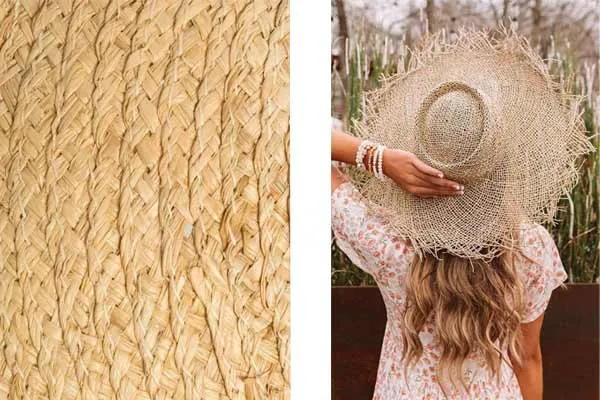
The fabric choice impacts how long your cap lasts and how to care for it properly.
- Cotton: May shrink; best washed gently.
- Polyester: Resistant to shrinking and wrinkles; easy to maintain.
- Wool: Requires careful cleaning and storage to prevent damage.
- Felt: Sensitive to water and heat; handle with care.
- Leather: Needs conditioning to prevent cracking.
- Acrylic: Easy care but may fade with frequent washing.
| Material | Durability | Maintenance Requirements | Expected Lifespan |
|---|---|---|---|
| Cotton | Moderate | Gentle washing, avoid shrinking | 1-3 years |
| Polyester | High | Machine washable, low maintenance | 3-5 years |
| Wool | Moderate | Dry clean recommended | 3-5 years |
| Felt | High | Careful storage, avoid water | 3-6 years |
| Leather | Very High | Regular conditioning | 5+ years |
| Acrylic | Moderate | Hand wash recommended | 2-4 years |
Selecting the best material for a cap involves considering comfort, breathability, activity needs, sustainability, durability, and care. From breathable cotton to high-performance polyester, cozy wool, or stylish leather, each fabric serves different lifestyles and purposes. Knowing these differences helps you choose caps that feel great and last long.
At Kinwin, we blend premium materials, innovative designs, and strict quality control to craft custom caps that meet your exact needs and values.
Contact Kinwin today to get a quote or start your personalized cap project — let’s make your perfect cap a reality!



